With the short days, cold weather, and lack of sun, winter can be a hard time to find the motivation to get outside; especially if you have a baby or toddler. But those are the very reasons why you should get outside, and bring your child with you. Fresh air, a little nature immersion, and exercise are the best way to boost anyone’s mood.
The key to a successful outdoor outing with a baby or toddler in the winter is using a proper layering system. The clothing needed isn’t too different than the layering system an adult would use, with a base layer, mid layer (maybe 2 mids!), and an outer layer. Since babies don’t regulate heat as well as adults, the general rule of thumb is that your baby should be dressed in one more layer than you feel comfortable in.
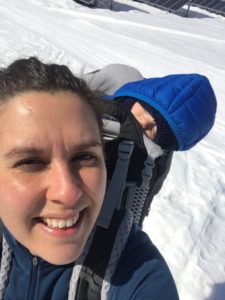 Tips for layering a baby:
Tips for layering a baby:
- Base: A long sleeve onesie with a pair of tights or leggings works well for the bottom layer.
- Mid: Fleece, full-body pajamas work great for the middle layer. If extra layers are needed, you can follow up with some booties or an adult pair of socks that go over the whole leg or hands and arms. A sweater can also be added for an extra layer.
- Outer: A down or thick fleece suit that has fold-over hand and foot coverings completes the layering system.
- Hat: One that straps under the chin, or a balaclava, works well to protect the sensitive neck and cheek areas.
Tips for layering a toddler:
Once your baby starts walking and producing more body heat, the layering system may change slightly. Overheating can become a concern if too many layers are worn.
- Base: A synthetic or wool base layer is important to help wick sweat. Again, leggings and tights work well for all genders!
- Mid: A sweater or fleece (or both!) and a pair of lined pants with wool socks are great for a middle layer.
- Outer: An insulated, waterproof outer layer is vital in keeping toddlers warm and dry as they romp around in the snow. A one-piece suit works great to keep snow out, but a jacket and snow pants work as well.
- Hat: Again, one that straps under the chin, or a balaclava, works well to protect the sensitive neck and cheek areas.
- Mittens: A pair that is waterproof with cuffs that go up to the elbow work well to stay on when worn over the mid layer and under the outer layer.
- Boots: Insulated, waterproof, well-fitting boots are the final piece in the outdoor gear ensemble.
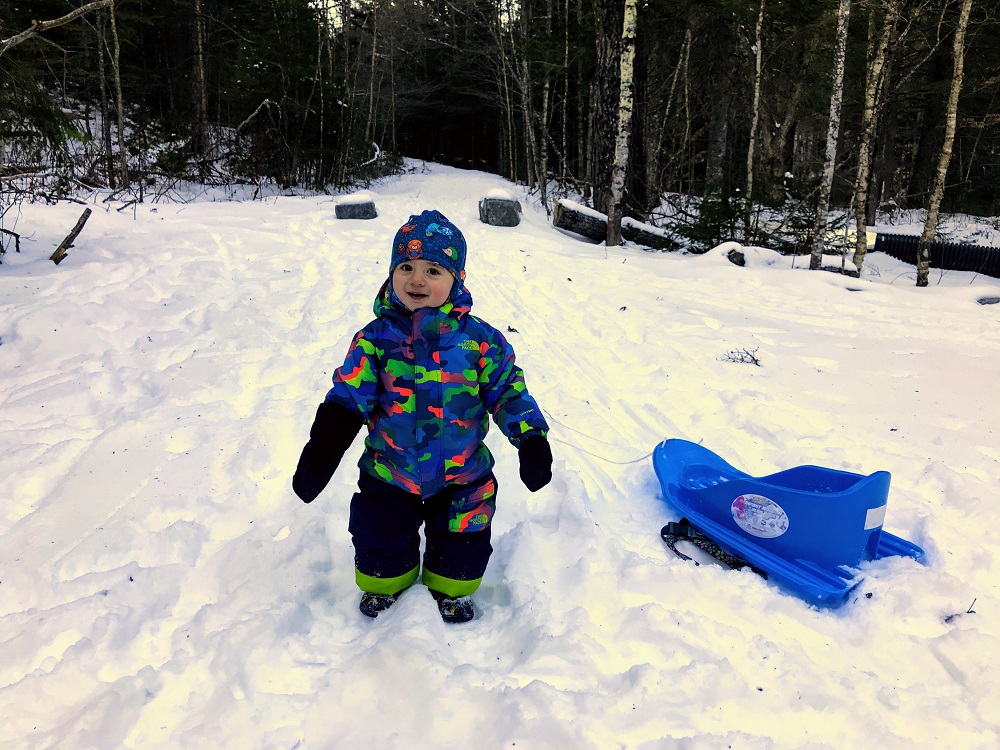
Tips for carrying your baby or toddler:
- Babies in a front carrier: They will be getting warmth from the caregiver’s body heat, but a large jacket that can zip around the adult, as well as the baby, will keep everyone nice and toasty.
- Babies in a backpack: Using the rain cover (even on a sunny day) can serve as a windbreaker and provide extra warmth.
Other modes of transportation:
- Sled: My toddler is in a phase of wanting to walk for a few minutes then sit for a few minutes, so a sled has been the perfect middle ground. He can get in and out easily to explore and play as he wants, but we can still cover more ground than when he is just walking.
- Stroller: Some recreation paths are paved and kept clear of snow throughout the winter and can be a great option for walking with a stroller. Rain covers, blankets, and bunting bags are all ways to provide extra warmth while in the stroller.
- Ski Chariot: This is my favorite mode of transporting my son around in the winter. Like in the stroller, a rain cover and blanket can keep babies warm while caregivers ski and exercise.
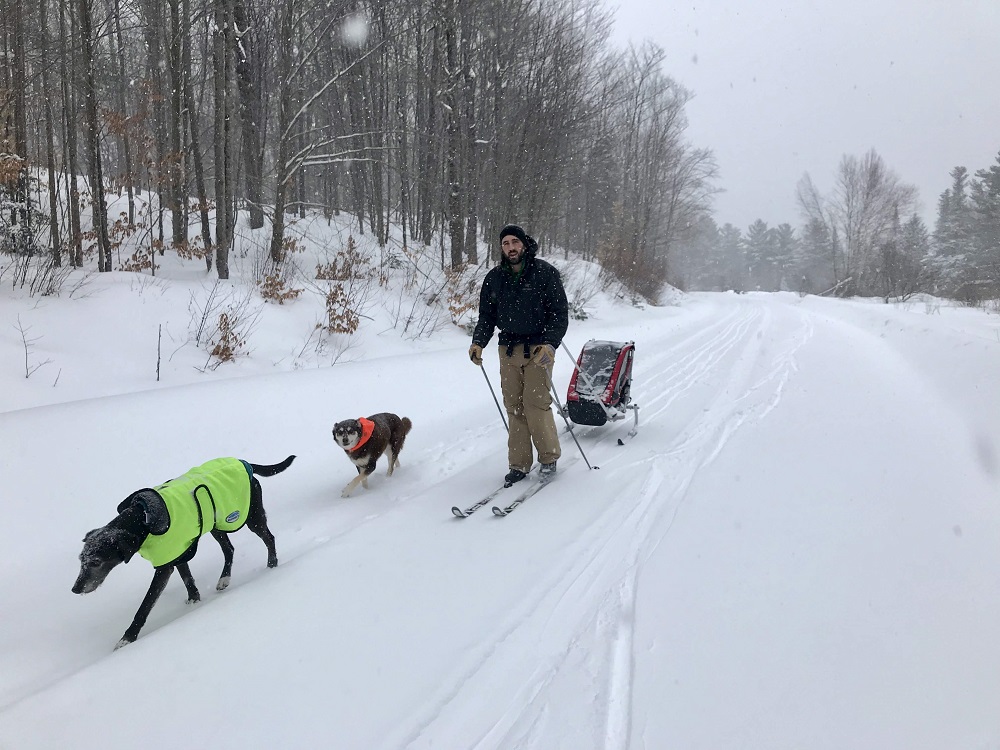
Sourcing Gear:
Buying extra gear and clothing for the winter can get expensive. I found all my son’s insulated pants through consignment and second-hand stores like Once Upon a Child and Outdoor Gear Exchange. You can usually find hats, mittens, snowsuits, jackets, and baby carriers through these stores as well. Front Porch Forum is another great resource – I was able to purchase a ski chariot at half price there.
Staying Nourished:
Another obstacle with winter hiking is feeding a baby on the trail. I would plan to nurse my son in the warmth of the car right before the hike and hope that he could wait until after to nurse again, but we inevitably had a few trips that he needed to eat in between. Here are a few tips for feeding your child on a winter hike:
- Breastfeeding babies: Wear a nursing tank top under a mid layer that can easily be pulled up while still wearing your jacket, or wear a half zip mid layer that can easily be pulled down, so you don’t have to expose too much skin to the cold. Scarves also can work to cover any exposed skin.
- Bottle-fed babies: A thermos with warm water to either mix with pre-measured formula or to warm breast milk works well.
- Toddlers: Any easy-to-transport snack that won’t freeze quickly like snack bars or Annie’s Cheddar Bunnies are key! Any don’t forget warm water or another drink in a thermos to stay hydrated.
Where To Go:
Winter outings may only be a half-hour or so, and you will have to monitor your child’s warmth closely, but everyone will feel happier and healthier after spending time outside. Here are a few hike suggestions to get you started:
Short Trail at the Green Mountain Club Headquarters: Not only is it easy and kid friendly, but when the Visitor Center is open it is a warm place to layer up before, or warm up after, your hike. Join us on our Baby/Toddler Hikes on the 2nd Wednesday of every month!
Smuggler’s Notch, Route 108: Great for all ages, but this is a particularly fun option for towing a toddler in a sled with the option to sled back down as a family!
North Branch Nature Center, Montpelier: The flat, wide trails are perfect for skiing or pulling a sled, and they have a nature playscape to provide toddlers a place for some movement on the way.
Check out our Walker’s Guide to Vermont for even more easy hikes around the state.
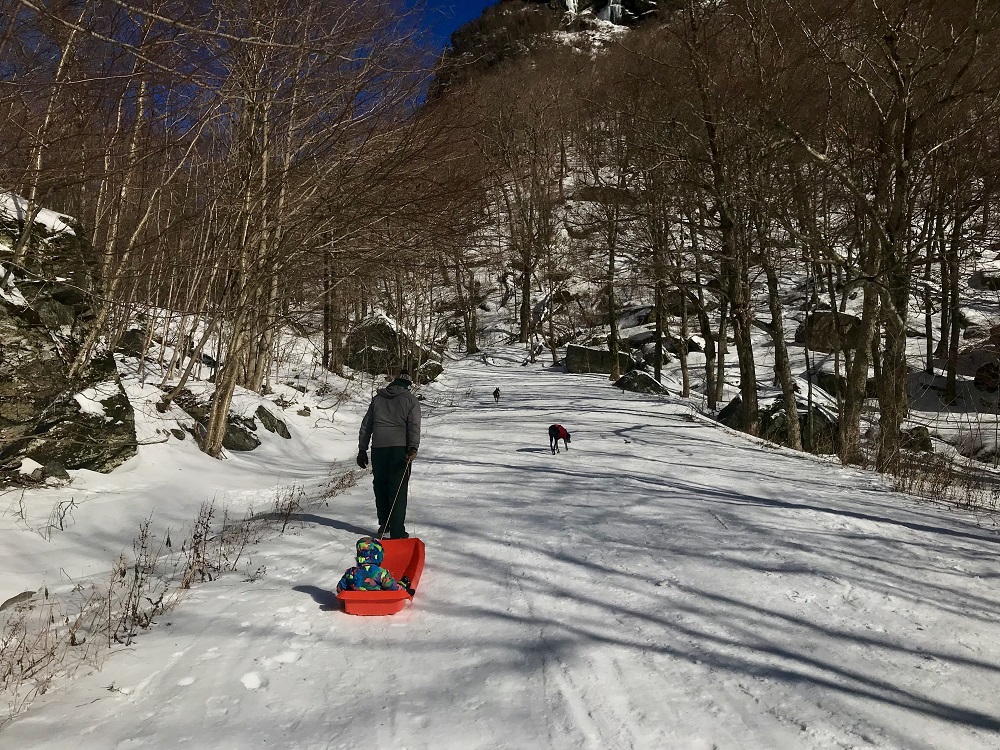
Where do you like to take your kids hiking in the winter? Do you have any winter tips to share?



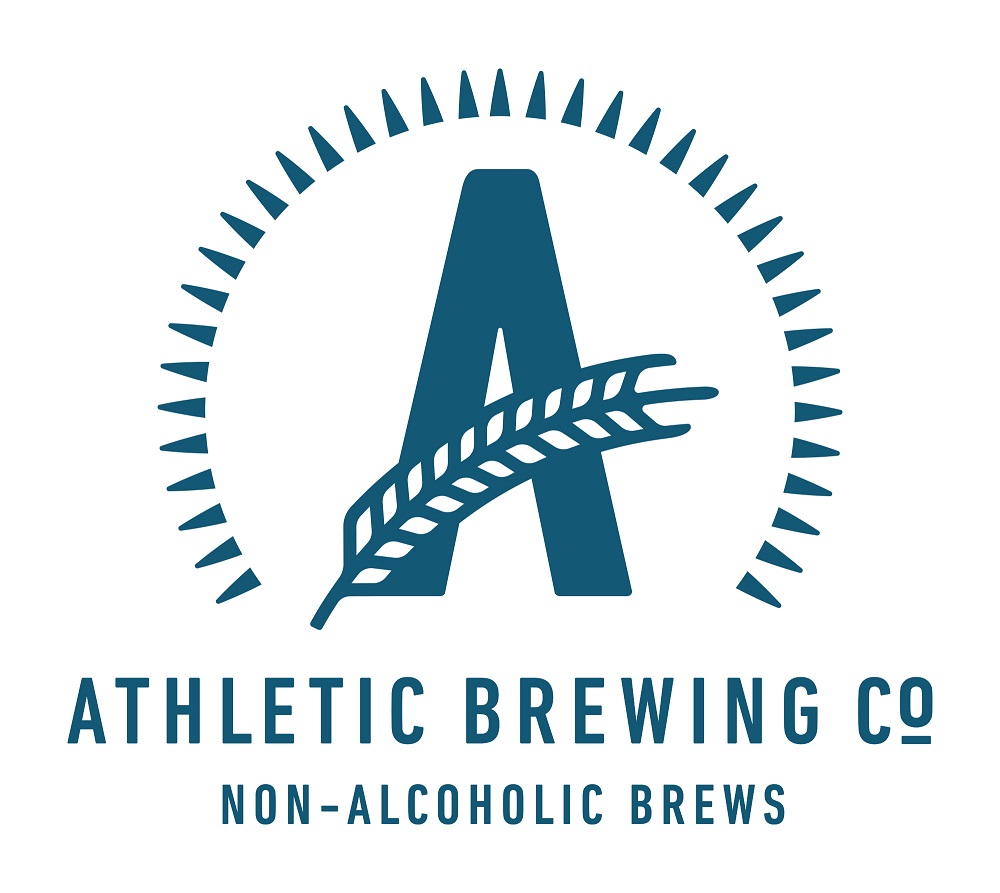
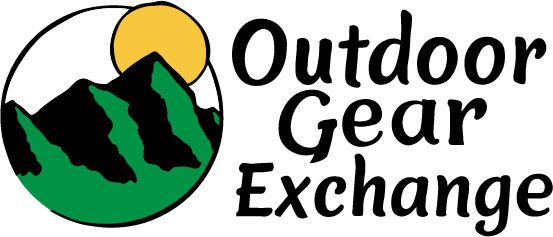














Leave a Reply